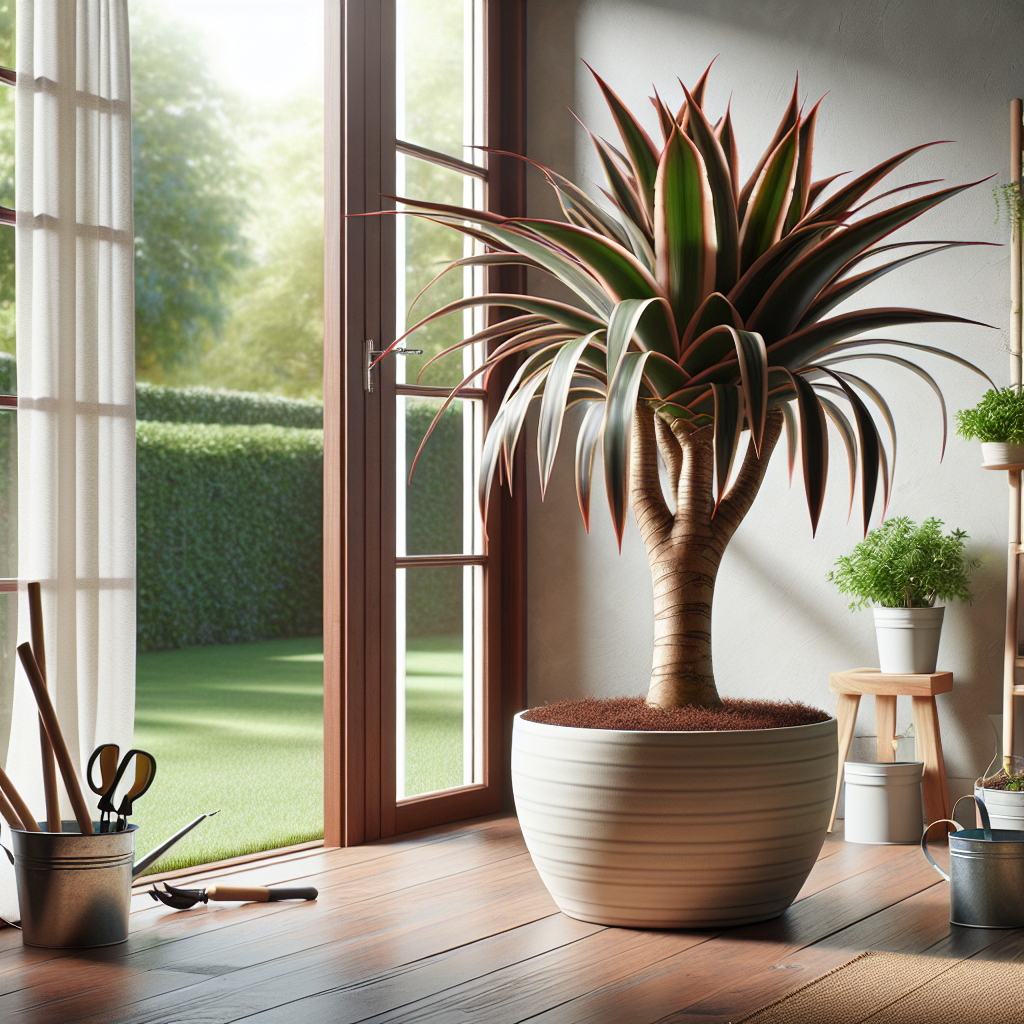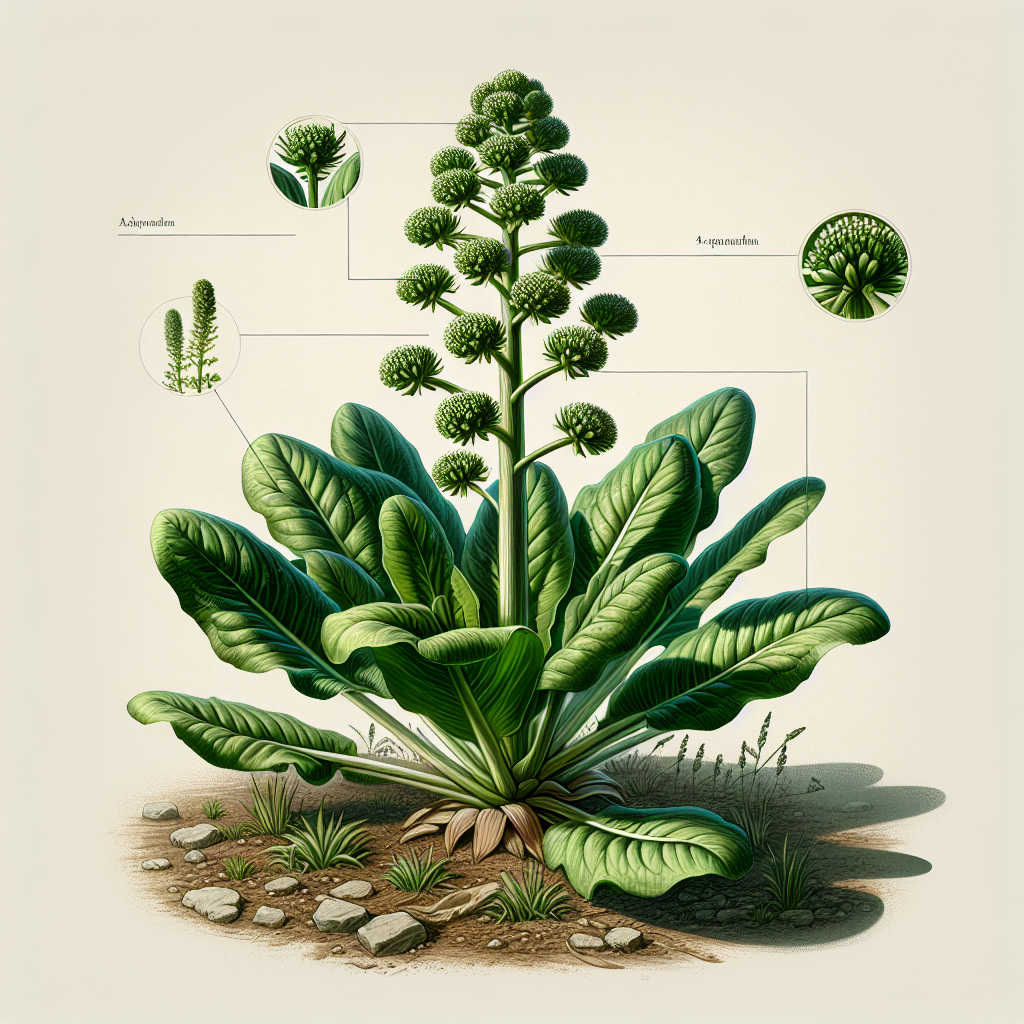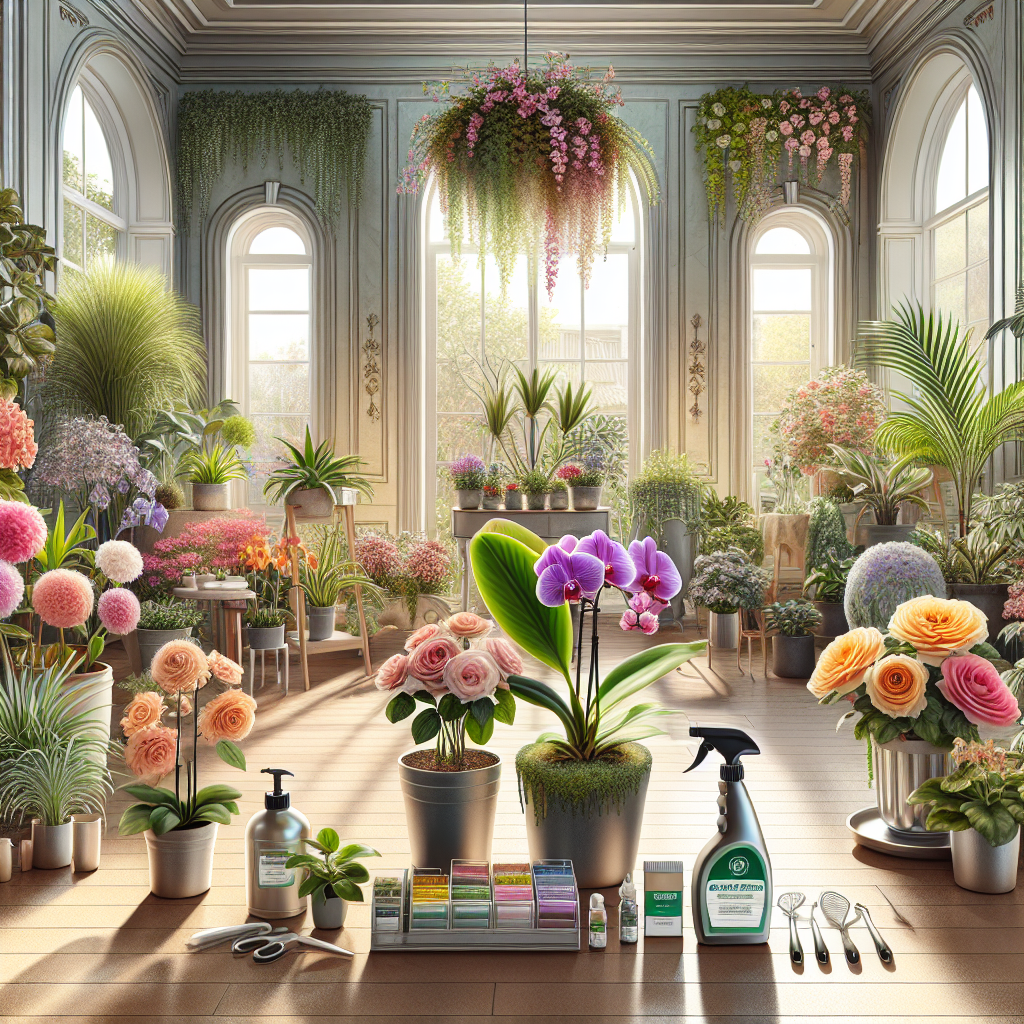Nurturing a Devil’s Ivy Plant in Indoor Environments
Updated April 20, 2024 at 1:58 pm

Nurturing Devil’s Ivy (Epipremnum aureum): Essential Care Tips
- Pet Friendly: Exercise caution – Devil’s Ivy is toxic to pets if ingested, so it’s important to keep it out of reach of curious cats and dogs.
- Light Requirements: This plant thrives in a range of lighting conditions, from low to bright, indirect light, making it suitable for various indoor settings.
- Watering: Water your Devil’s Ivy when the top inch of soil is dry, ensuring a balance between moisture and drainage to prevent root rot.
- Humidity: Appreciates moderate humidity but is quite adaptable, making it quite forgiving for beginner gardeners or those with less-than-ideal indoor environments.
- Temperature: Prefers standard indoor temperatures between 60-80°F (15-27°C) — avoid cold drafts or extreme temperature changes.
- Difficulty: Known for its hardiness and low-maintenance care, Devil’s Ivy is an excellent choice for both novice and experienced plant enthusiasts.
Choosing the Right Soil for a Thriving Devil’s Ivy Plant
Selecting the right soil is critical for the health of your Devil’s Ivy. A well-draining potting mix is essential, as standing water can lead to root rot. Many hobbyists and professionals recommend a mix that includes peat, pine bark, and perlite or vermiculite. This creates a balance that retains some moisture but allows excess water to drain efficiently. One popular choice among plant enthusiasts is FoxFarm Ocean Forest Potting Soil — a rich blend that supports healthy root growth and includes natural fertilizers.
Pros
- Well-balanced pH suitable for a wide variety of houseplants
- Aerated texture that promotes root health
- Contains natural fertilizers that can enrich the soil over time
Cons
- May be too nutrient-rich for some houseplants, potentially leading to fertilizer burn
- Pricier than some other potting soil options
Find This and More on Amazon
Adjusting Watering Habits for Optimal Devil’s Ivy Care
It’s said that people often find watering indoor plants to be a trickier part of care than anticipated. For Devil’s Ivy, overwatering is a common issue. To avoid this problem, it’s best to check the soil’s moisture level before adding water. A regular schedule may not be ideal since environmental factors influencing soil moisture can change. A moisture meter like the XLUX Soil Moisture Meter is a handy tool that provides quick and accurate readings of your soil’s moisture levels.
Pros
- Simple to use and read
- No batteries required
- Helps prevent both overwatering and underwatering
Cons
- May not be as durable as some higher-end models
- Can be less accurate in soil with high peat content
Find This and More on Amazon
The Right Lighting Conditions to Keep Your Devil’s Ivy Flourishing
Proper lighting is crucial for the well-being of your Devil’s Ivy. Though it’s resilient, and can tolerate low light, it truly flourishes in bright, indirect sunlight. Too much direct sun can scorch the leaves, causing brown spots, while too little light can slow growth and dim the vibrancy of the foliage. A balance is key, and if your home doesn’t offer enough natural light, consider a grow light like the Sansi 15W LED Grow Light Bulb. This full spectrum bulb can supplement natural light and provide your plant with the wavelengths it needs to photosynthesize and stay healthy.
Pros
- Full spectrum light supports plant growth
- Energy-efficient and long-lasting
- Easy to install with a standard light bulb socket
Cons
- May not be suitable for very large plants or areas due to its size
- The light spectrum might be too intense for some sensitive plants if placed too close
Find This and More on Amazon
Combatting Common Pests and Diseases in Devil’s Ivy
Devil’s Ivy is not only praised for its easy-going nature but also for its resilience against pests and diseases. However, you might encounter problems like spider mites, mealybugs, or the occasional scale insects. One way to deal with these critters is by using neem oil, a natural pesticide. It’s effective and safe for indoor use. A product like Garden Safe Neem Oil Extract is a trusted option among plant enthusiasts, thanks to its organic approach to pest control.
Pros
- Organic and safe for use around children and pets
- Effective against a variety of common houseplant pests
- Can also help prevent fungal diseases
Cons
- Might require multiple applications to completely eradicate pests
- Has a strong smell that some people may find unpleasant
Find This and More on Amazon
Mastering Humidity for a Happy Devil’s Ivy
Though Devil’s Ivy is adaptable, it originates from tropical forests, so it appreciates a humid environment. This might pose a challenge in dryer climates or during winter months when indoor air tends to get dry. To increase humidity around your Devil’s Ivy, you could use a humidifier or mist the leaves regularly. The Levoit Ultrasonic Humidifier is a popular choice for plant lovers because it’s quiet, efficient, and has a built-in hygrometer to monitor the humidity levels.
Pros
- Large water tank allows for extended use without frequent refills
- Built-in hygrometer to keep track of humidity levels
- Whisper-quiet operation, ideal for use in any room
Cons
- Higher price point compared to other humidifiers
- Requires regular cleaning to prevent mold growth in the water tank
Seasonal Care: Adjusting Your Devil’s Ivy Routine With Seasons
As the seasons change, so should your care routine for Devil’s Ivy. During the growing season (spring and summer), it may need more frequent watering and might benefit from monthly fertilization with a balanced, liquid fertilizer. An option like Miracle-Gro Indoor Plant Food is formulated especially for houseplants and can encourage lush growth and leaf production. Come autumn and winter, reduce watering and stop fertilizing, allowing the plant to rest.
Pros
- Easy to use pump dispenser
- Specifically designed for indoor plants
- Encourages growth and green, healthy leaves
Cons
- Can cause fertilizer burn if not diluted properly
- Overuse may lead to excessive salt buildup in the soil
Pruning and Training Your Devil’s Ivy for Best Growth
Pruning and training Devil’s Ivy encourage a fuller, bushier plant, and it’s a great way to propagate new plants. If your Devil’s Ivy is getting leggy or too long, don’t be afraid to give it a trim. You can use sharp scissors or pruning shears for clean cuts that won’t harm the plant. Take cuttings with several leaves and nodes, and place them in water; they should root in a few weeks. You could also create a stunning visual by training your plant to climb a moss pole or trellis.
Repotting Devil’s Ivy: When and How to Give Your Plant a New Home
Devil’s Ivy doesn’t require frequent repotting, but if you notice roots growing out of the drainage holes or the plant seems to outgrow its current pot, it’s time to size up. Choose a new pot that’s only a couple of inches larger in diameter than the old one to avoid overpotting. It’s best to repot in the spring before the plant enters its active growth phase. Gently remove the plant from its current container, detangle the roots if necessary, and place it into the new pot with fresh potting mix.
Ideal Fertilization Techniques for Robust Devil’s Ivy Plants
Feeding your Devil’s Ivy correctly can significantly impact its growth and vitality. Balanced, water-soluble fertilizers, like Dyna-Gro Grow, can be excellent as they provide essential nutrients that the soil might lack. Use it sparingly, ideally during the growing season from spring through summer, to avoid nutrient overload. Always follow the product’s instructions to prevent root burn and overfertilization.
Recognizing and Resolving Browning Leaves on Devil’s Ivy
Browning leaves in Devil’s Ivy can signal several issues, such as overwatering, too much direct sunlight, or low humidity. To troubleshoot, examine your plant care routine—ensure you’re providing the right amount of water and light and try increasing humidity levels. In some cases, browning may also be due to natural aging, where older leaves will occasionally yellow and drop. Trim away any brown or yellowed leaves to redirect energy to healthier growth.
Dealing with Growth Stagnation in Devil’s Ivy
If you find that your Devil’s Ivy isn’t growing as it should, consider factors like lighting, watering, and fertilizing. Insufficient light or nutrients can hinder growth, as can rootbound conditions. Assess if it’s time to repot or if your plant simply needs a seasonal adjustment in care. Keep in mind that during winter, it’s normal for growth to slow down significantly or even pause until warmer temperatures and longer daylight hours return.
Preventing and Treating Root Rot in Devil’s Ivy
Root rot can be a death sentence for houseplants, and Devil’s Ivy is no exception. However, its typically robust health can deteriorate if overwatering occurs, causing the roots to suffocate and decay. Preventing root rot starts with choosing a pot with adequate drainage and using a well-draining soil mix. If you suspect root rot, remove the plant from its pot, trim away any blackened, mushy roots, and repot in fresh soil. Be sure to reduce watering and ensure the pot is not sitting in water.
Encouraging Variegation in Devil’s Ivy Leaves
One of the Devil’s Ivy’s charms is its variegated leaves, but sometimes plants can lose this variegation. To encourage those creamy white or yellow patterns, provide adequate light. Direct sun isn’t necessary; in fact, it can fade the variegation, but good indirect light will ensure the plant produces the maximum amount of chlorophyll and variegation. Rotate your plant regularly to ensure even light exposure on all sides.
Propagation: Growing New Devil’s Ivy Plants from Cuttings
Propagation is a cost-effective way to expand your indoor jungle. Devil’s Ivy can readily be propagated through stem cuttings placed in either water or soil. Cut below the nodes, as this is where the roots will emerge. Water propagation allows you to observe root growth, while soil propagation can give a more robust start. Whichever method you choose, use a clear container if propagating in water, so you can monitor the root development.
Keeping Devil’s Ivy Clean for Optimal Health
If your Devil’s Ivy accumulates dust on its leaves, it could hinder its ability to photosynthesize effectively. Gently wipe down the leaves with a damp cloth every now and then to keep them clean and functioning well. This will also help prevent any pest infestations since pests often target plants that are already stressed or dirty.
Conclusion: Thriving Devil’s Ivy for Indoor Gardeners
Devil’s Ivy plants (Epipremnum aureum) are incredibly adaptable and can flourish indoors with the right care. They offer a rewarding experience for plant enthusiasts at any level, from beginners to the more experienced. By following these detailed tips and using recommended products thoughtfully, you can ensure your Devil’s Ivy remains healthy, vibrant, and a source of natural beauty in your home. Whether you’re adjusting watering techniques, choosing the right soil, or propagating new plants, each step brings you closer to mastering the art of indoor gardening with this delightful and versatile plant.
Shop more on Amazon

